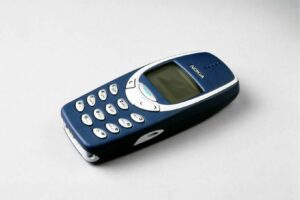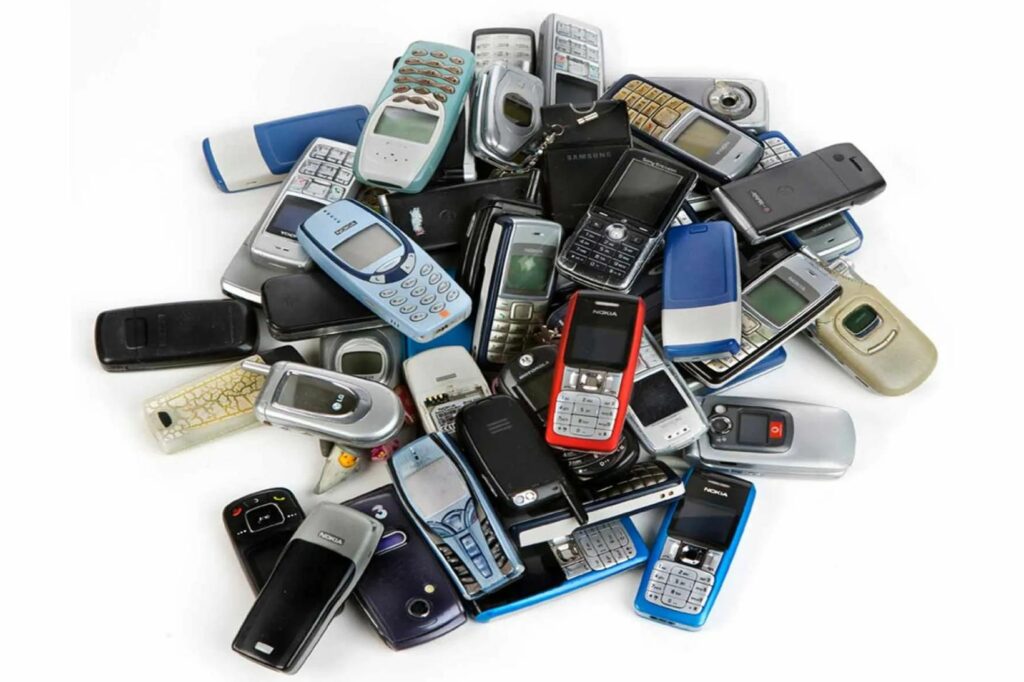In the ever-evolving tech landscape, old mobile apps often become the forgotten relics of a bygone era. Yet, they’re more than just nostalgic curiosities. They represent the genesis of today’s digital revolution, offering valuable insights into the journey of mobile technology.
From the first wave of simplistic games to the early versions of social media platforms, these applications have set the foundation for the complex, multi-functional apps we can’t live without today. This article will take you on a fascinating journey back in time, revisiting these old mobile apps and their impact on our digital lives.
Old Mobile Apps
Delving into the annals of mobile technology, this section aims to throw light on the inception of mobile apps and their ongoing importance.
Understanding the Origins of Mobile Applications

Tracing back to the late 20th century, mobile applications emerged as simple tools designed to enhance the functionality of early cellular devices. IBM’s Simon Personal Communicator, introduced in 1994, boasted a calendar, address book, clock, and even the ability to send and receive faxes and emails, laying the groundwork for what would become the ubiquitous smartphone apps.
Companies like Nokia soon followed suit, introducing mobile games, such as the iconic Snake, and other rudimentary applications that could run on their portable devices. These early entries in the app catalog were humble precursors to the complex and multifaceted applications we see today.
Why Old Mobile Apps Still Matter
Despite their seemingly primitive designs and functions, old mobile apps hold a place of esteem in the timeline of technology. They introduced the world to the concept of applications, set the standard for today’s technological solutions, and gave rise to a culture of innovation that continues to shape our digital age.

Old mobile apps were instrumental in establishing principles of mobile user interfaces, including minimalist design, intuitive interfaces, and efficient use of screen space. Building on these principles, today’s apps offer seamless, engaging experiences that cater to a myriad of user needs and preferences.
Moreover, old mobile apps act as a historical record, shining a light on how far technology has progressed. This lens into the past offers a detailed understanding of the evolution of mobile technology and fuels anticipation for future advancements.
Memorable Old Mobile Apps
Continuing the journey through mobile technology’s evolution, let’s delve into some memorable old mobile apps. They’re not only known for their pioneering role in app development, but also for their lasting impact on tech industry and pop culture.
Reviewing Popular Classics

- Snake (1997): Originally a staple feature on Nokia handsets, Snake challenges players to maneuver a squiggle that grows longer with each point earned. Its appeal lies in its simplicity and addictiveness, marking a significant step forward in the gaming landscape.
- BlackBerry Messenger (BBM, 2005): This instant messaging app emulates the default texting function on smartphones. BBM popularized real-time chatting, showing read receipts years before similar features appeared on mainstream platforms like WhatsApp or iMessage.
- Shazam (2002): Ever heard a song in a cafe and wondered what it’s called? Shazam solved that problem. Its pioneering music recognition technology shaped the future of music discovery apps.
- Angry Birds (2009): This entertaining strategy game brought a burst of color and multi-level gameplay to the mobile platform, influencing future mobile gaming design.
Nostalgic Voyage

Old mobile apps have carved an indelible mark in the sands of mobile technology. They’ve played a pivotal role in shaping the sophisticated mobile platforms we’re accustomed to today. From IBM’s Simon Personal Communicator to iconic games like Snake, these apps have not only revolutionized technology but also left a lasting cultural impact. Despite facing compatibility challenges with modern devices, there’s a strong push to revive these apps, reflecting their timeless appeal. The use of emulators, maintaining older devices, and porting apps are some strategies employed to keep these apps alive. This commitment to digital preservation isn’t just to make these apps functional on new devices, but to ensure they perform optimally, preserving the original user experience. The evolution of mobile apps from simple software to intricate modern platforms is a testament to the rapid growth in mobile technology, underscoring the strategic importance of these pioneering apps and hinting at an exciting future.

